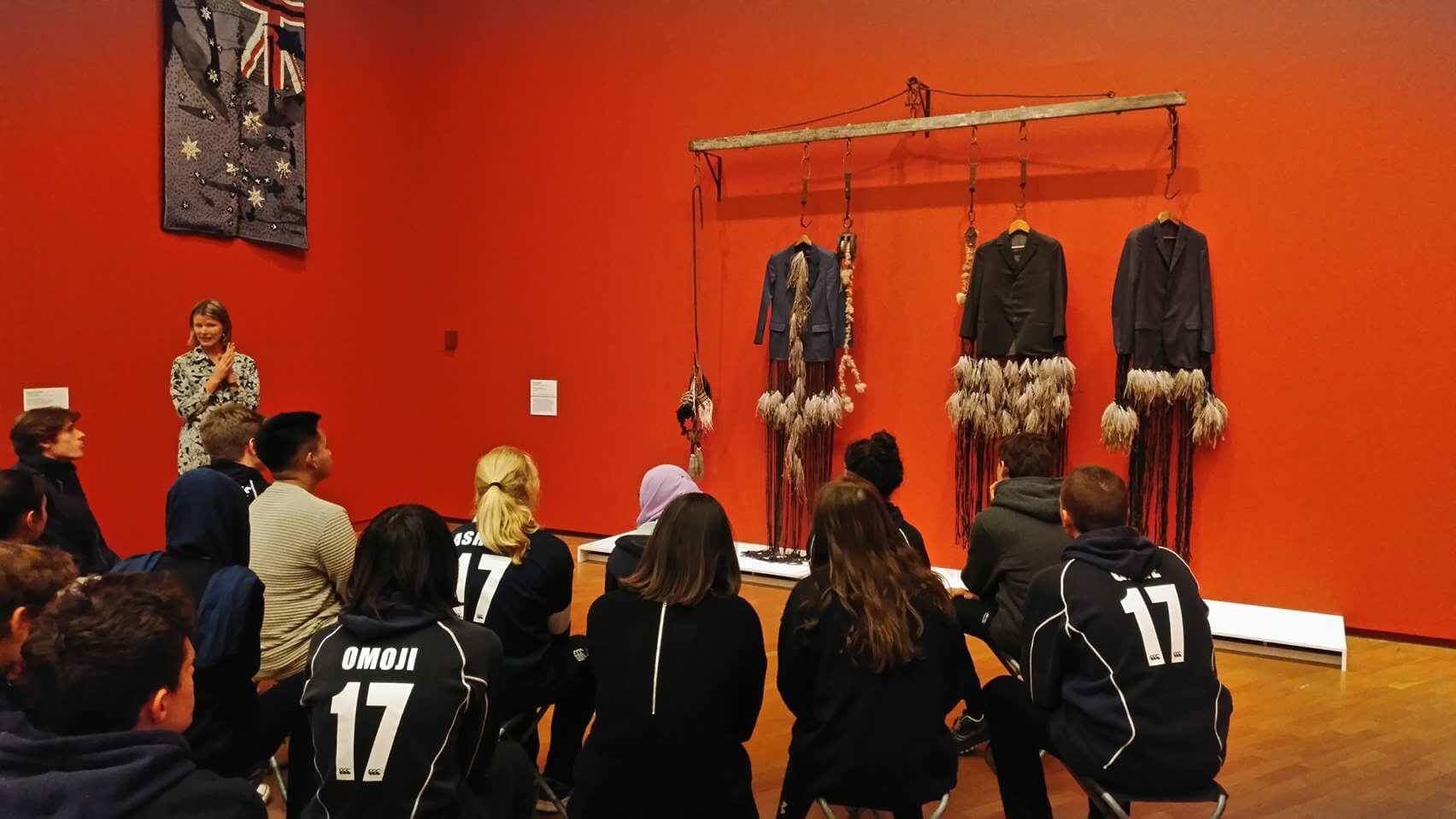Skip to:
- Give Today
- Contact Us
- Media
- Search
News & Stories
Leadership Development Program
Undergraduate Teaching Program
Common search terms
Anna Carrig (Cohort 2015) taught English and Humanities at Hampton Park Secondary College in Victoria during the Leadership Development Program.
As an Alumna, Anna saw an opportunity to combine her love of education with her passion for art, and relocated to the ACT to work as an Education Coordinator at the National Gallery of Australia.
She is now comfortably settled in Canberra and spends her weekends refining her oil painting skills and making the most of hikes in Namadgi National Park.
As a child, I loved visual arts. My parents often took me to art galleries when I was young and one of my earliest childhood memories involved me crawling into a sculpture at my local art gallery.
I’m excited by the possibility of reaching a local audience and also connecting with young people from all over the country through visual art.
My current role also allows me to find the intersection between art and education.
I am also very passionate about Indigenous Art and the National Gallery of Australia has the largest collection of Australian Indigenous Art in the world.
I think that visual expressions of culture allows society to learn about and understand different perspectives.
After I finished the Leadership Development Program, I packed up my bags and moved from the suburbs of Melbourne to Canberra.
For the first few months, I thought to myself, Where is everyone?
It was a slight shock adjusting to the climate of Canberra and moving to a new city but once I made some new friends and built those connections it felt a lot more like my home.
In my first week on the job I was lucky enough to be involved with the opening of the National Indigenous Art Triennial.
The exhibition showcased the work of around thirty Indigenous artists marking the fifty year anniversary of the 1967 Referendum, which granted Aboriginal and Torres Strait Islander people the right to be counted in the Census, allowing them to officially be counted as ‘Australians’.

It was a great display of contemporary art but it also emphasises the importance of greater social change needed for Indigenous Australians.
The artwork was powerful because it was politically loaded, but also personally significant for the artists – telling the story of the history of Australia written by Indigenous artists.
I was able to guide students through the exhibition and encourage them to think critically about what the artists were trying to say through their artwork, and what the students can do with the knowledge they obtained.
The students were very engaged – and since then, we have produced educational resources on the topic that teachers can use in their classroom.
Another exciting project I’m working on is organising the National Visual Art Education Conference which will be at the NGA in January 2019.
This conference will host art teachers and educators from around the country and offer them the opportunity to connect over three days of workshops.
Visual art and human expression have always been present in most cultures, and being able to express yourself through visual form is almost like a language in itself.
The pedagogy that we encourage when we take a group of students though the gallery is one of enquiry where students are analysing the image, listening to each other and thinking about the issues that are represented in the work – all of which are such valuable skills for twenty-first century learners.
I think what I really valued about doing the program was the emphasis on best practice and the opportunity to connect with a group of like-minded people who wanted to be the best teachers they could be.
I respect that gallery education is very different to classroom education so I hope to up-skill myself and work at continuing to improve the programs I run.
I want to encourage young people to continue to interact with art in different and interesting ways.